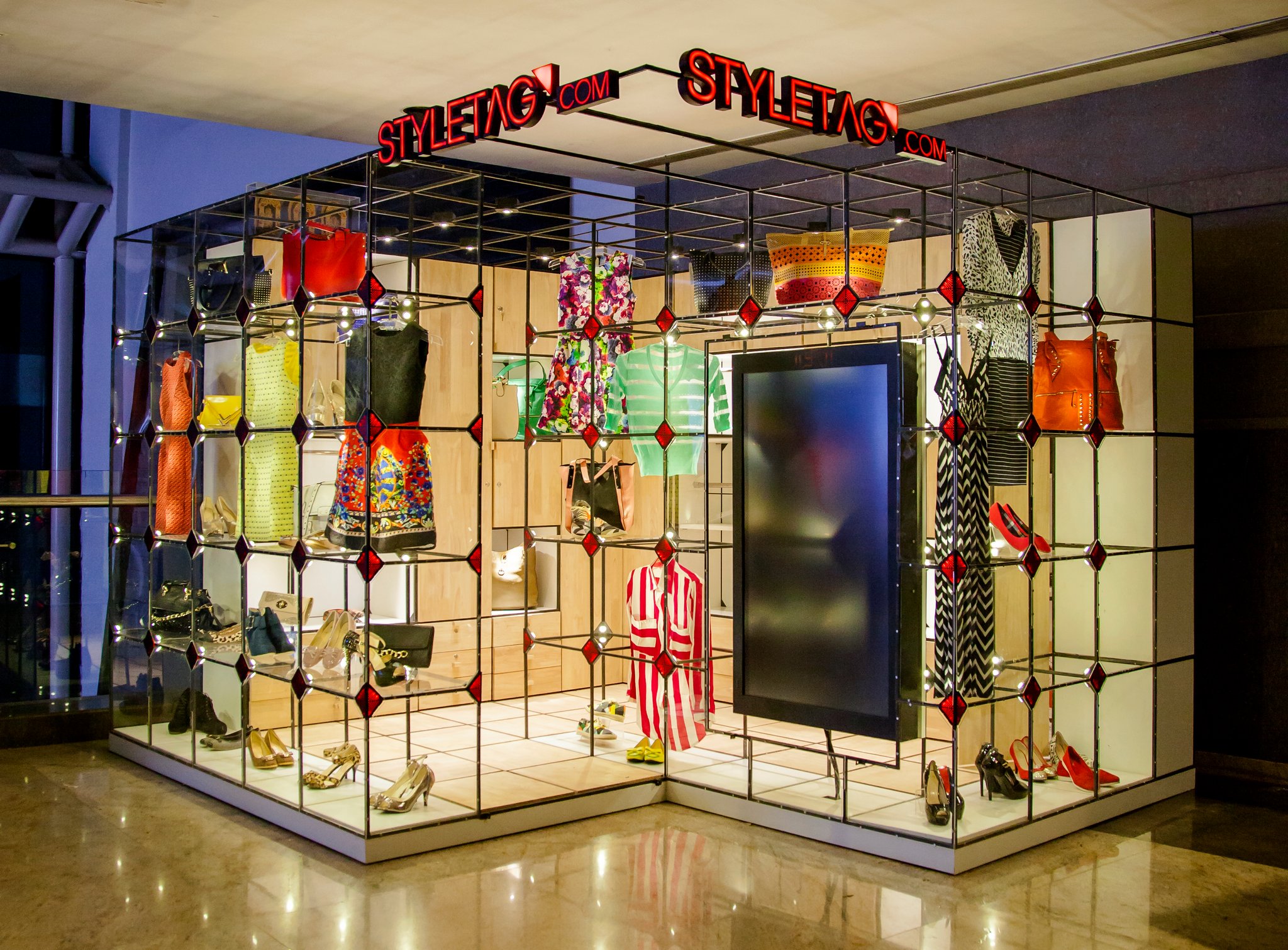Styletag, a fashion flash sales site in India, has landed $7.5 million in angel funding from Jitu Virwani.
Virwani is best known as the the chairman and managing director of Embassy Group, one of India’s largest real-estate companies (though the investment was made from his personal funds).
Before launching Styletag in 2012, founders Yashodhara and Sanjay Shroff, a husband-and-wife team, spent more than 20 years running a line of boutiques called ffolio in southern India. When India’s e-commerce market began to take off about five years ago, they decided to launch an online store to make premium fashion accessible to people who live in smaller cities.
Last year, Styletag’s gross merchandise volume (or total sales) was $3 million, a number the company expects to jump to almost $10 million this year before doubling or tripling over the next five years.
Styletag will use its angel funding to increase inventory, hire senior level employees, and launch Android and iOS shopping apps in December. It also plans to open pop-up stores throughout India. Customers can purchase clothing from Styletag’s small brick-and-mortar shops, but they are also a valuable marketing tool for the site, says chief executive officer Sanjay Shroff.
“Around Christmas of last year, we set up a small kiosk in a shopping mall, which turned out to be a ringing success. It pays for itself by bringing a huge amount of traffic to the website,” he says. Since then Styletag has patented the unique layout of its stores, which is designed to look like a website.
The Indian e-commerce market is expected to hit $100 billion by 2020 and fashion will make up 35 percent of that total, according to research by Google. This means Styletag has plenty of opportunities, but also a lot of competitors, who range from marketplaces like Snapdeal and Flipkart to smaller online boutiques.
The site sets itself apart by focusing on items created by emerging designers and being picky about what it puts on sale in order to encourage user engagement. Shoppers usually spend about seven to 10 minutes browsing the site each time they visit, which Shroff claims is a high number for Indian websites. By focusing on younger labels instead of popular brands, Styletag is able to offer clothing and accessories that aren’t available for purchase elsewhere. Flash sales vary in duration from a few days to two weeks.
“We have a handle on who our shopper is, what their price point is, and what they buy. We’re highly curated, so when they come on Styletag, they will like what they see and come back to shop again,” says Shroff.
